১ পৌষ ১৪৩২
Russia Tests Nuclear Super Torpedo
29 October 2025 21:10 PM
NEWS DESK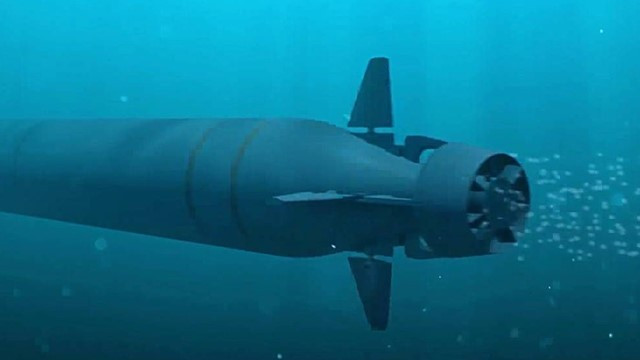
Russian President Vladimir Putin said Tuesday that the country successfully tested its nuclear-powered Poseidon torpedo, a long-range underwater drone capable of carrying a nuclear warhead. A senior Russian lawmaker described the weapon as powerful enough to incapacitate entire states, with no known countermeasures or global equivalent.
Newsweek has reached out to the Russian Ministry of Defense for comment but has yet to receive a response.
The successful test of Russia’s new Poseidon nuclear-powered, nuclear-capable torpedo marks a significant escalation in the global strategic arms race. The Poseidon system—sometimes referred to in Western media as a "nuclear super tornado"—is designed to circumvent existing U.S. missile defense systems and potentially deliver catastrophic radioactive tidal waves against coastal targets.
The test comes at a time when U.S.-Russia relations remain strained over the war with Ukraine, renewed arms race dynamics, and mounting nuclear posturing on both sides. Military analysts highlight the weapon’s psychological and strategic role in deterring U.S. missile defense advancements, as well as its potential to influence arms control negotiations between Washington and Moscow.
During a meeting with soldiers wounded in Ukraine, Putin said of the Poseidon: "For the first time, we managed not only to launch it with a launch engine from a carrier submarine, but also to launch the nuclear power unit on which this device passed a certain amount of time. This is a huge success."
The Poseidon, officially known as the Status-6 Oceanic Multipurpose System, is a nuclear-powered, autonomous underwater torpedo capable of carrying a nuclear warhead, with reports suggesting yields up to 100 megatons. The torpedo reportedly operates at high speeds (up to 54 knots) and can reach depths of 1,000 meters, as detailed by national security analyst Steve Balestrieri in the National Security Journal. Analysts describe its core purpose as a strategic deterrent—one intended to bypass U.S. anti-ballistic missile systems developed after the U.S. withdrawal from the 1972 ABM Treaty.
The strategic and environmental implications are significant. The Poseidon's warhead is speculated to be a cobalt bomb, maximizing long-term radioactive contamination. According to NukeMap models cited by Balestrieri, a detonation could render an area of roughly 1,700 by 300 kilometers uninhabitable because of radioactive fallout or unleash a “nuclear tsunami” on coastal cities.
Russia’s testing of the Poseidon system comes amid a revived global debate over nuclear arms control. Observers suggest that the test increases pressure on the United States and NATO to reconsider current policies and adapt to the introduction of underwater nuclear drones capable of evading ballistic missile shields.
U.S. leaders, including President Donald Trump, have consistently urged Russia to halt nuclear escalation and have imposed sanctions targeting the Russian defense and energy sectors. The prospect of Poseidon units being deployed on Russian submarines also raises concerns regarding nuclear safety, escalation risks and environmental impacts.




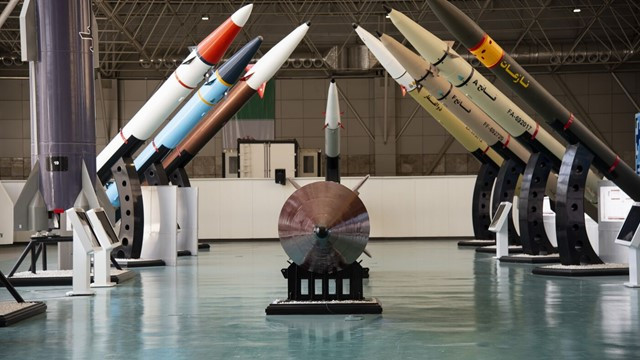


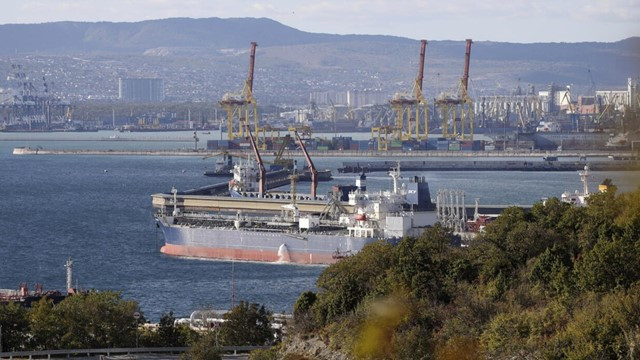

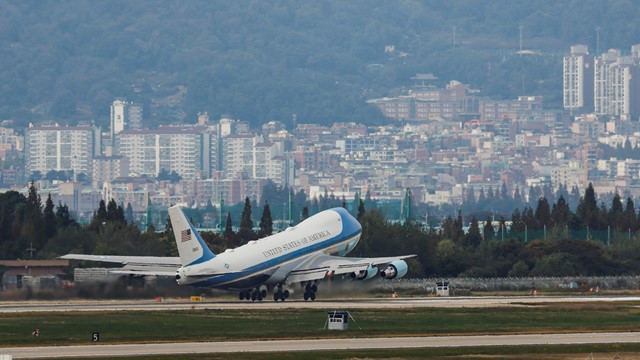
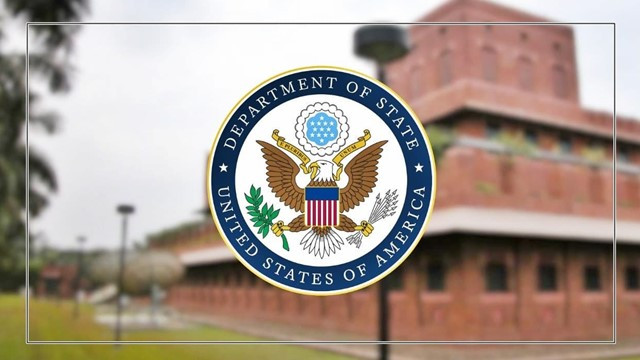





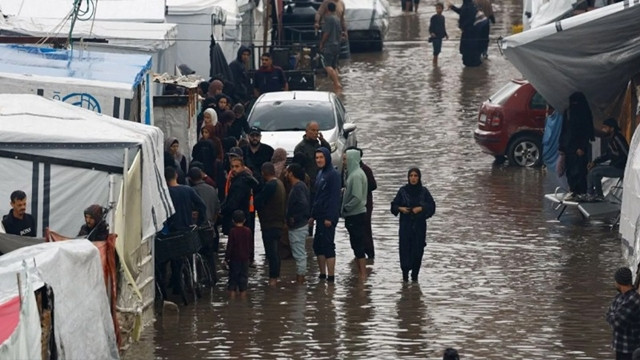
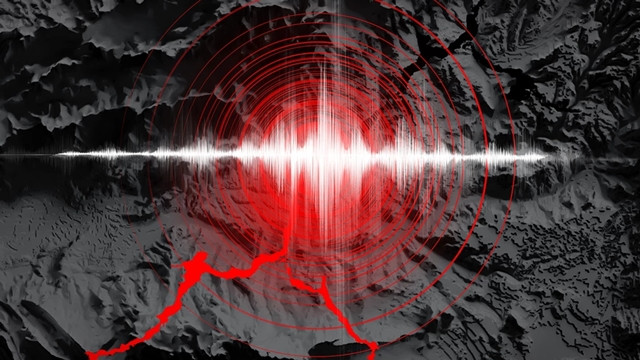

Comments Here: